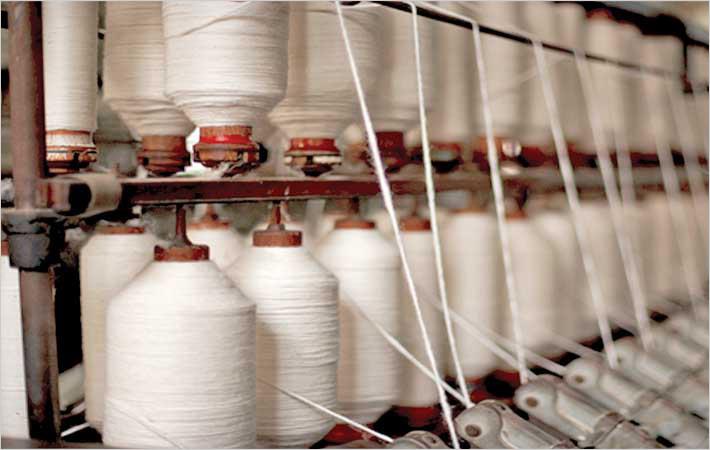Natabar Khuntia
The main reason behind poverty in Odisha is unemployment. Although the state has abundant natural resources and manpower, successive governments have not been able to create employment opportunities utilising the resources. At present, about 50 lakh youth are working outside the state and in foreign countries (‘Dadan Sramik’) as there are no jobs in the state. Migrant labourers are being ill-treated and live in unhygienic environments, often subject to mental and physical torture. Lakhs of educated youth are also roaming the streets without jobs.
Odisha is self-sufficient in food, the first necessity, but not in clothing, the second. Clothes are imported from outside the state.
On the eve of Independence, Biju Patnaik, the leader who was also an industrialist and visionary, set up up a textile mill, Orissa Textile Mills, at Choudwar. Biju approached Harekrushna Mahatab, then chief minister to setup the mill. But Mahatab refused to accept the proposal citing that Gandhiji had given the country a call to support the Khadi movement and to boycott mill made cloth before Independence and that it would be unfair to use mill made cloth instead of khadi soon after Independence. Mahatab said instead of textile mills, khadi would be encouraged.
But Biju countered that the khadi movement would not be able to meet the clothing needs of all people as the country’s population was increasing.
Farmers producing cotton are selling their produce to outsiders at unremunerative prices. About 7 lakh workers of Odisha are working in Surat, Gujarat, in textile industries
Khadi had become a main instrument of the freedom movement, mainly because the British where selling their mill cloth produced in Manchester here and Indians lost interest in Khadi clothing that took more time to produce and was also costly.
If Odisha will not have textile mills, people of the state will have to use cloth produced in Mumbai. The only way the increasing clothing requirements of the populace can be met is to establish textile mills in Odisha.
Mahatab was finally convinced allowed Biju to set up OTM, the most modern textile mill in eastern India then in January 1946. The mill, unfortunately, was closed down 19 years back. Odisha now imports clothing from outside state to meet demands of the people. Why should money from the state go to other parts of the country when people here are unemployed? Odisha produced 4 lakh tonnes of cotton each year but we do not have ginning, spinning and textile mills here.
Farmers producing cotton are selling their produce to outsiders at unremunerative prices. About 7 lakh workers of Odisha are working in Surat, Gujarat, in textile industries. They are enriching the economy of Gujarat, while we are importing textiles from Gujarat to meet clothing requirements of our people. If we set up ginning mill in areas where cotton is being produced, it will help both farmers and unemployed youth.
Ginning mills will help separate cotton from seeds and these seeds can used to extract oil and the oil cake utilised as animal feed. Oil extracted from cotton seeds is edible and can be utilised for production of vanaspati. Cotton farmers also would get better price if seeds are separated from the bolls. We can also set up spinning mills. Yarn produced by these can be utilised by the handloom industry. Weavers will get yarn at competitive prices.
The state can also set up textile mills based on production of cotton and meet the clothing demand of the people of Odisha.
The writer is an agro-banker and columnist.
